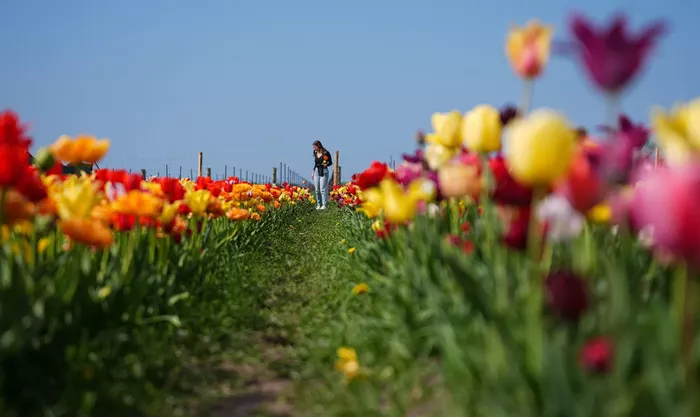Most cut flowers sold in the U.S. come from overseas. New tariffs imposed by the Trump administration on imported flowers may cause prices to rise. This could push florists to buy more from local growers. However, local farms face challenges in meeting this new demand.
At Queen Bee Blooms, a 164-acre flower farm in St. Louis County, owner Elizabeth “Luli” Fichter grows flowers without relying on imports. She planned to expand her farm but lost a hoped-for USDA grant earlier this year. Fichter says tariffs on imported flowers could help farms like hers, but only if local growers get support to grow more.
“People can’t expect to bring business back here without helping us prepare for it,” Fichter said.
About 80% of cut flowers in the U.S. come from countries like Ecuador, the Netherlands, and Colombia. Farmers advise customers to buy flowers native to the U.S., which are not affected by tariffs. Still, local growers worry about the future.
Mimo Davis, co-owner of Urban Buds, an urban flower farm in St. Louis, said the tariffs create uncertainty. Her farm depends on imported bulbs, and she fears she might have to reduce operations.
“This could mean cutting back and becoming even smaller,” Davis said. “I’m already a small farm. How small can I be?”
The tariffs and funding cuts hit small farms hard. In the 1990s, the U.S. encouraged flower growing in South America as part of the war on drugs. This led to a boom in flower farming there and hurt small U.S. greenhouses, many of which closed.
Local florist Ammari Bourgeois, owner of Noon + Moon Bloom Co., a small Black-owned business, said the tariffs worry her because she has contracts planned. But she feels somewhat prepared because she sources some flowers from Urban Buds.
As the government continues to adjust tariffs, flower farmers and florists hope for solutions that support small farms, keep prices fair, and satisfy customers.


